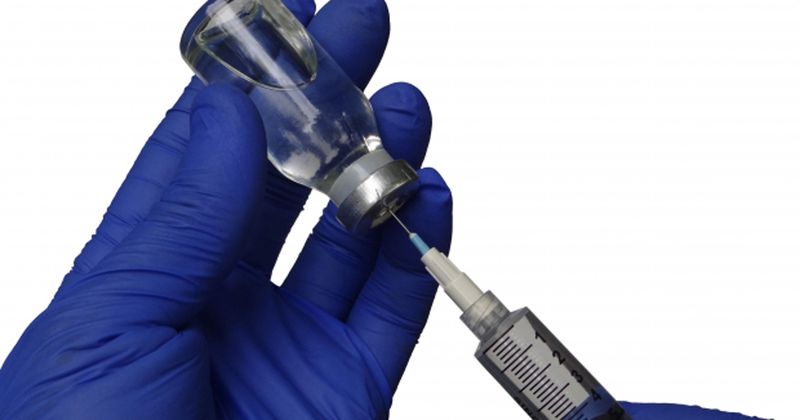Vaccinating older adults could substantially reduce RSV burden
Click Here to Manage Email Alerts
Key takeaways:
- A model predicted 17.5 to 22.6 million symptomatic RSV cases per year amongadults in the U.S. without a vaccine.
- Overall, 2 million symptomatic cases could be prevented each year with a hypothetical vaccine.
Vaccinating older adults for respiratory syncytial virus could reduce the burden of disease by millions, according to approximations made by a disease transmission model.
“Respiratory syncytial virus (RSV) is one of the most frequent causes of lower respiratory infections with 3.5 million cases in the U.S., causing the highest burden of disease in children and older adults,” Thierry Van Effelterre, PhD, scientific director at Janssen, told Healio.

“Although the burden of RSV in the older adult population has been studied, the true burden of RSV in adults may be underestimated due to lack of awareness amongst health care providers of RSV as a potential cause of influenza-like illnesses,” Van Effelterre said.
According to Van Effelterre, the full burden of RSV in adults needs to be determined to accurately gauge the population-level impact of the adult RSV vaccines currently in development. These data would also be timely, as two of the vaccines in development — Pfizer's RSVpreF and GSK's RSVpreF3 OA — have been recommended for older adults by an FDA committee. The FDA is expected to make its decision for both vaccines on May 3.
Van Effelterre added that, to date, only one disease transmission model examined the population-level effects of adult and infant vaccination programs in the U.S., although this model does not account for the “progressive build-up of immunity” beyond the first infection.
Van Effelterre and colleagues developed an RSV disease transmission model using a sequential acquisition of immunity approach to understand and predict the population-level burden of symptomatic RSV acute respiratory infections (ARIs) in the U.S. According to the study, RSV ARI cases were projected with and without vaccination of older adults aged 60 and older using assumed vaccine efficacy and vaccine coverage.
Van Effelterre said that the team also investigated the potential long-term population-level public health impact of RSV vaccination of older U.S. adults. Using a model that made estimates based on a scenario with no RSV vaccine, there would be a projected 17.5 to 22.6 million symptomatic RSV ARI cases per year among people aged 18 years and older in the U.S., according to the study. Approximately 3.6 to 4.8 million of these cases were projected to occur in adults aged 60 years and older.
Additional modeling demonstrated that up to 2 million symptomatic RSV ARI cases could be prevented each year among this older population with a hypothetical vaccine that is 70% effective against symptomatic ARI with 60% coverage. Modeling also showed that up to 0.69 million cases per year could also be prevented in the nonvaccinated population with 50% vaccine impact on infectiousness.
“The model projects a substantial RSV burden in adults and older adults in the absence of an intervention, indicating that the true burden of RSV in adults may be underestimated,” Van Effelterre said. “The model projects that vaccinating the 60-year-old-or-older adult population could reduce the burden of disease substantially, with additional indirect effect expected in the nonvaccinated aged-younger-than-60-year-old population if the vaccine reduces infectiousness.”
